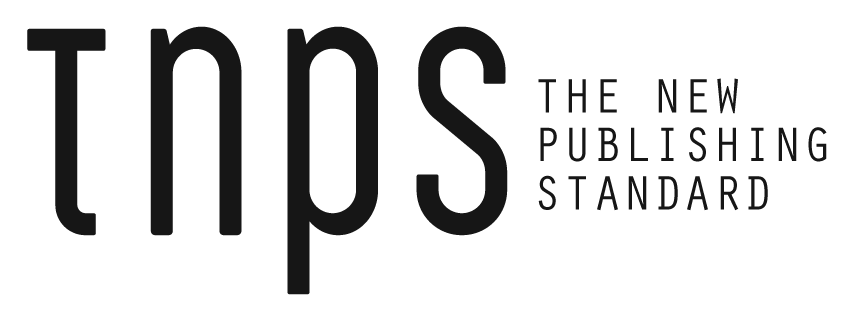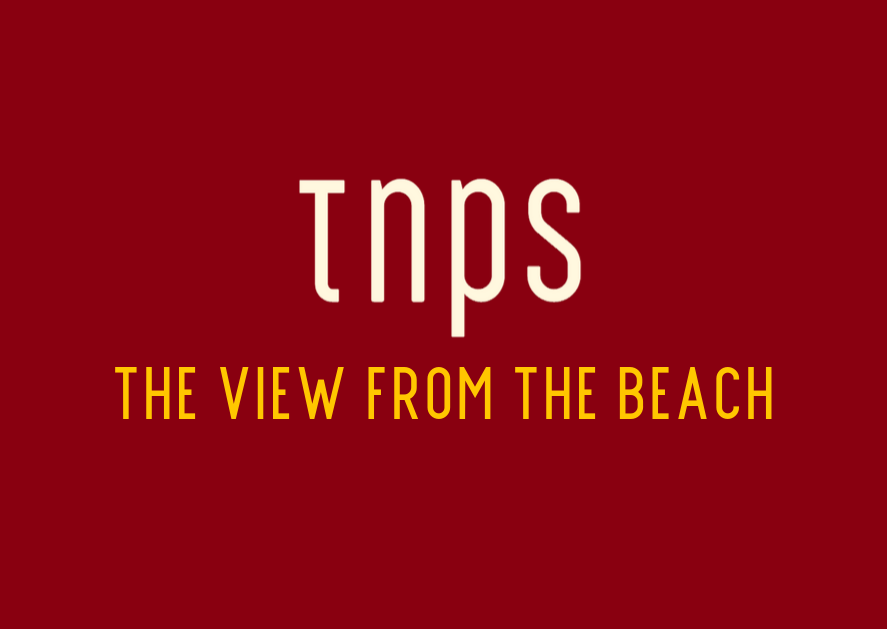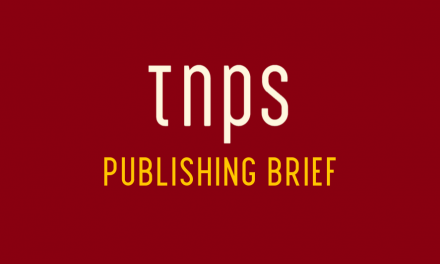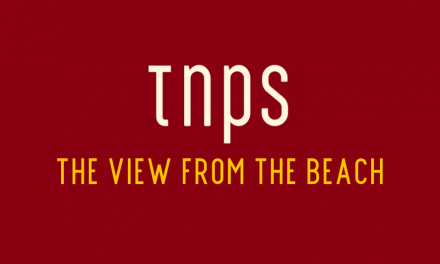The dismissal of the head of US copyright amid high-profile legal cases and potential executive interventions, rams home the urgent need for a measured, strategic response. Forget the soundbites and the posturing. This is serious.
Back in March I wrote here about and existential threat to our industry in the prospect of Donald Trump issuing an Executive Order (EO) to pull the rug from beneath the feet of the countless legal actions against AI companies alleging copyright abuse.

Just last month Jack Dorsey called for all IP law to be deleted, with Elon Musk immediately echoing those thoughts.
Earlier today (Sunday 11 March 2025) Trump unceremoniously fired Shira Perlmutter, the head of the Copyright Office, who has made clear that US AI company use of copyright material does not fall within fair use parameters.
Recent political manoeuvres – most notably this sudden dismissal of Perlmutter – signals a seismic shift that could redefine the terms on which AI companies operate.
This essay revisits and builds upon earlier analyses by exploring three possible legal and regulatory futures, assessing their implications for news, book, and music publishers, and offering strategies for a robust response.
The Shifting Regulatory Landscape
President Trump’s removal of Shira Perlmutter from her post is – a move that has sent ripples throughout the intellectual property community. While the official explanation remains terse – a brief email notification – the timing is telling.
The firing comes against the backdrop of high-profile legal cases, including scrutiny over Meta’s use of copyrighted materials for AI training, and amid early judicial suggestions that traditional copyright protections may still hold sway for content creators.
For industry professionals, this development flags a potential new era in which political imperatives might override established legal norms, fundamentally recalibrating the balance between innovation and creator rights.
Here, then, to revisit the three scenarios first outlined back in March.
Scenario 1: A Court Ruling in Favour of Fair Use
Should the courts ultimately decide that the use of copyrighted material to train AI models qualifies as fair use, the legal playing field for publishers will change dramatically. Under such a precedent, claims of “irreparable harm” become more difficult to substantiate, as the training process itself is shielded by a broad doctrine of fair use.
In practical terms, this would force publishers into a reactive stance where compensation claims are limited and voluntary licensing agreements become the norm. Yet even in this seemingly unfavourable outcome, opportunities might arise – AI could serve as a tool for enhanced editing, personalised content creation, and more efficient marketing practices. However, the risk remains that publishers will find themselves in a weakened negotiating position, with AI companies dictating key terms.
A reminder here that in the amicus brief the Association of American Publishers submitted to the court in the case against Meta, existing licencing deals of $2.5 billion were cited, with $30 billion on the horizon.

Scenario 2: A Ruling Against Fair Use
Conversely, if judicial opinions tilt against the fair use defence in the context of AI training, the balance of power would swing decisively in favour of publishers. Such a ruling would underpin legal claims that unlicensed use of copyrighted material does, indeed, cause irreparable harm.
In this environment, the publishing industry could press for mandatory licensing schemes or the formation of collective rights management organisations designed to ensure fair compensation.
However, this approach is not without its downsides. The potential for extensive litigation could stifle AI innovation, slowing down technological progress and creating a more contentious atmosphere between publishers and tech companies.
Scenario 3: The Executive Order Route
The most radical – and, for many, frightening – scenario arises if an executive order is issued declaring that all AI training on copyrighted material falls under fair use.
This move, touted by AI companies for some time now, and strongly hinted at this week by the political expediency behind recent personnel changes, would strip publishers of nearly all standing claims for compensation.
By pre-empting court rulings and undermining established legal frameworks, such an order could expose the creative industries to unremunerated replication of their intellectual property. News outlets might lose valuable traffic as AI-driven summaries replace original reporting, book publishers could see their backlists devalued, and music producers might find it increasingly challenging to protect the originality of their works.
The chilling effect of this scenario is perhaps the most alarming, as it represents not just a legal pivot but a fundamental reordering of creative markets.
Implications for the Publishing and the Wide Creative Industries
A. News Organisations: The Battle for Attention
For news organisations, the prospect of AI systems capable of digesting and repackage journalism threatens to divert readers away from traditional outlets. Currently, AI summarisation methods may still be rudimentary, but with legal backing under a fair use blanket, these systems could be deployed at scale, eroding advertising revenues and diminishing the perceived value of original reporting. The challenge is not merely technological, but existential: maintaining audience trust and ensuring that original content remains indispensable.
B. Book Publishers: Protecting the Narrative
Book publishers face a dual challenge: protecting both established works and nurturing future creativity. As AI becomes adept at emulating writing styles and repurposing narrative structures, the uniqueness of a published work – its intrinsic “creative fingerprint” – could be diluted.
This scenario may compel publishers to rethink traditional models, perhaps placing greater emphasis on exclusive content and forging licences that pre-empt AI training practices.
The risk of having one’s intellectual property used without adequate compensation is real, and industry professionals must be prepared to negotiate the future of content creation in a digital, AI-driven landscape. But negotiating with few cards of this EO prospect becomes reality.
C. Music Publishers: Harmonising Rights and Innovation
Musicians and music publishers are not immune to these challenges. As AI systems learn from vast libraries of music, the boundary between inspiration and imitation can blur.
A ruling that broadly endorses the use of copyrighted audio for AI training not only undermines claims of irreparable harm but also threatens the creative economy that thrives on originality and innovation.
Establishing fair compensation models might emerge as the only viable path, ensuring that the ecosystem rewards both technological advancement and the creative talents behind every tune.
Adaptation Strategies for Publishing Professionals
In light of these scenarios, publishing professionals must be prepared to adopt a proactive and multifaceted strategy:
– Engage in Dialogue Early: Establishing channels of communication with AI developers and policymakers is crucial. Industry representatives should aim to shape forthcoming regulations rather than reacting from the outside. (And yes, UK Publishers Association and Society of Authors, I’m looking at you. Time to grow up and seek solutions, not soundbites.)
– Pursue Innovative Licensing Models: Traditional copyright mechanisms may need to be re-imagined. Whether through collective rights management or bespoke licensing agreements, publishers must ensure that remuneration is built into the very fabric of AI development. In the US that will be complicated by what is certain to be an AI-company friendly replacement for Shira Perimutter.
– Invest in Technology: The very AI tools that are perceived/presented as a threat can also be harnessed to bolster the industry. By using AI to enhance editorial processes, streamline production and personalise marketing efforts, publishers can offset some risks while realigning operational models.
– Diversify Revenue Streams: Reliance on intellectual property alone may be too risky in an uncertain legal landscape. Diversifying revenue – through live events, subscription models, and digital innovation – can offer a buffer against potential losses from unlicensed AI use.
The need for agility and innovation has never been more pronounced.
Looking to the Future: Collaboration or Confrontation?
The debate over AI, copyright, and fair use is not solely a legal matter – it is a question of values and the future of creative industries.
While some cling to the hope that technology and tradition can coexist, others worry that an executive order granting blanket fair use immunity would dismantle decades of hard-won creative rights overnight.
Publishing professionals must consider whether to engage in litigious battles that could slow innovation, or to forge a new collaborative model with tech companies – a model that might safeguard creative rights while still promoting technological advancement.
Not Just About the Law
This debate is as much about the future of culture as it is about the law.
In an era defined by rapid technological and political change, the stakes for the publishing and intellectual property industries have never been higher. The dismissal of the head of US copyright amid high-profile legal cases and potential executive interventions, rams home the urgent need for a measured, strategic response. Forget the soundbites and the posturing. This is serious.
Whether courts embrace a broad interpretation of fair use, maintain a stricter stance on copyright infringement, or if political forces pre-emptively redraw the regulatory landscape through executive action, one thing is clear: the future of creativity is at a crossroads.
Be Careful What We Wish For
For publishers, journalists, authors, musicians, and all who depend on the sanctity of intellectual property, it is imperative to stay informed, agile, and engaged. By fostering robust dialogue with AI innovators and regulators alike, the creative industries may yet harness technological advancements to complement their work – rather than seeing those advancements erode their hard-earned rights.
At the heart of this challenge lies a profound truth: in the pursuit of progress, we must be careful what we wish for.
This post first appeared in the TNPS LinkedIn newsletter.




